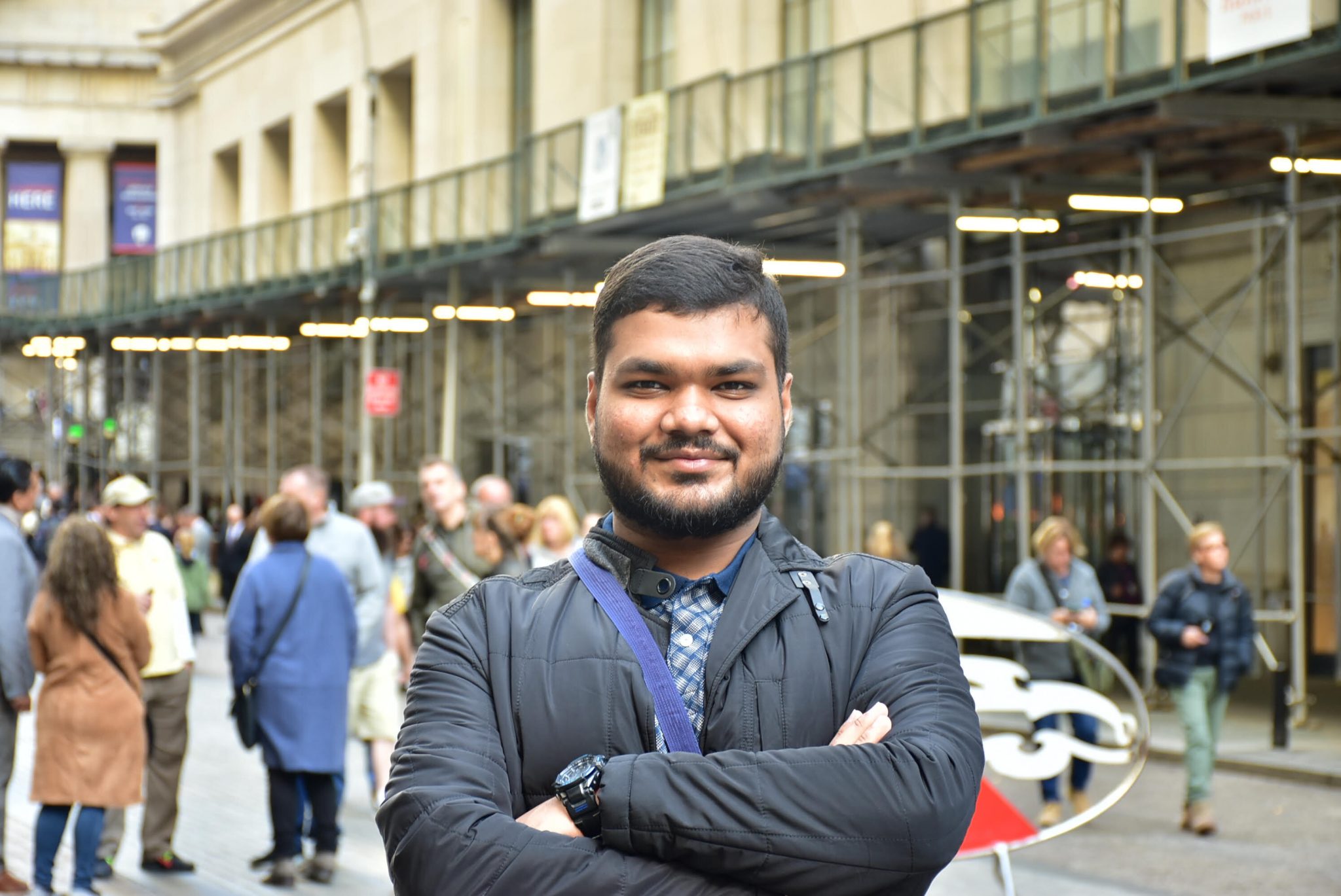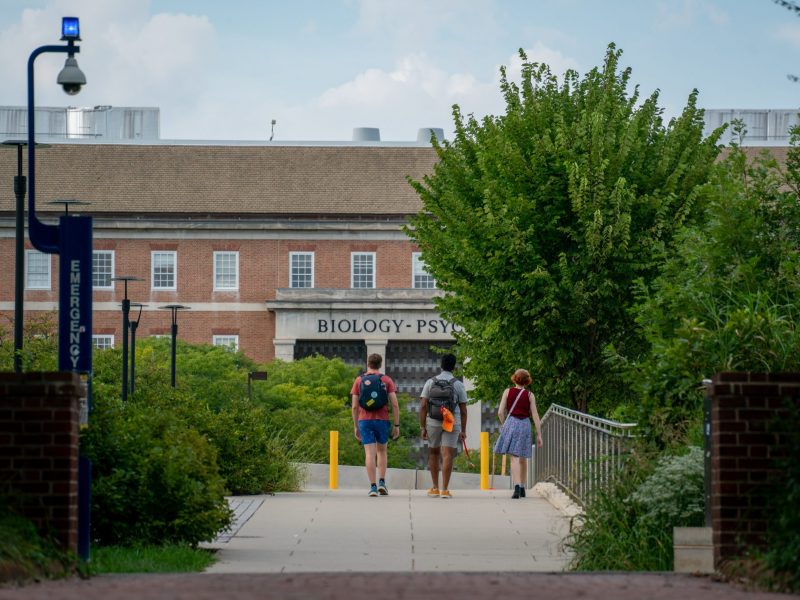Divyansh Agrawal moved to the U.S. from Jaipur, India, in the fall of 2021 to begin his master’s of engineering degree in robotics at the University of Maryland. Although studying in the United States gives him exposure to different people and opportunities to expand his network, the real appeal was the chance to use his degree in a range of fields from the automotive to the medical industries.
But with each opportunity comes a catch. For Agrawal, it was leaving family more than 7,500 miles away – nearly three times the distance between Maryland and California. Still, Agrawal is confident he made the right decision to come to the U.S., despite missing his cousins’ weddings and the various monthly festivals India holds.
“I had an uncle who did the same thing 20 years back. I heard his experience, how he adjusted in a new environment,” Agrawal said. “If I know that someone went through this … then I can easily adjust in the situation where I am right now.”
Agrawal has also reached out to his grandfather for advice about pursuing a doctorate.
“As you talk to more people, you get aware, and then you can decide what’s best for you,” Agrawal said.
Even though Agrawal’s family serves as a support system, mental health remains a taboo topic in India, and families can be less expressive when it comes to discussing emotions.
In 2017, more than 14 percent of the population had a mental illness in India, including nearly 46 million with depressive disorders and 45 million with anxiety disorders, according to The Lancet, a peer-reviewed medical journal in England.
Despite the prevalence of mental illness in India, the first time Agrawal remembers hearing conversations about mental health wasn’t until high school.
While mental health discussions begin at different times depending on rural or urban educational settings, it’s between 18 and 23 years old when these conversations come to head in India, according to Dr. Ramdas Ransing, a psychiatrist and researcher at Mahatma Gandhi Institute of Medical Sciences in India.
Compared to the U.S., where discussions about mental health are introduced as early as elementary school, India’s delayed start to mental health education stems in part from regional gaps in education, socioeconomic status and stigma surrounding mental illness, Ransing said.
As a result, mental illness is often dismissed among rural families, Agrawal said.
“If you say [to] them that you have a mental health issue, they might be like, ‘Oh, [that] might have been cursed by someone,’ or, ‘You might have some physical disease that is affecting your brain,’” he said.
[Mental health stories beyond UMD: International students discuss mental health experiences]
Most often, families seek treatment from religious faith healers before visiting a primary care physician and eventually, mental health professionals. This leads to delays in intervention and recovery that leaves as many as 83 percent of mental disorders in India untreated, according to a 2016 National Mental Health Survey of India.
Higher education institutions are changing the way mental health is addressed by establishing mental wellness centers on campus, Ransing noted. India’s government also launched national suicide prevention strategies in November to prevent youth suicide through the collaboration of schools and health services.
The Ministry of Health has also promoted awareness through national mental health programs while the ministries of education and social welfare created helplines for students and people in need of mental health support. Other helplines, like the iCall helpline founded in 2012, provide support to callers to supplement a lack of mental health facilities.
However, many young adults still struggle to access mental health care in college, according to Ransing. This likely comes from negative perceptions of mental health passed down from older generations. Older generations still often view mental illness as a choice and something that can be turned off.
While studies suggest younger generations are better at identifying signs and symptoms of mental illness and have knowledge of where to seek help, religious and cultural remedies held by older generations to deal with distress stifle progress in treating mental health disorders.
[State corruption and family pressure stifle health progress of rural Pakistani communities]
For those who seek treatment, medication such as antidepressants and mood stabilizers are available in urban areas, but access is more limited in rural areas and educational centers.
Social media has increased awareness of mental health issues, and the stigma is slowly shrinking in cities. While it will take time for greater awareness to reach rural families, the concept of self-care is reinforcing positive mental health responses among youth.
Akarsh Srivastava, a freshman computer science major who moved to India shortly after he was born and lived there until sixth grade, practices self-care through introspection and intervention with family and friends.
“I can just reach out and do a quick debrief and just talk about [what’s wrong],” he said. “That relatability helps a lot.”
Instead of beating himself up when things go wrong, Srivastava also tries to break down a situation to see where he can improve in the future. But maintaining his self worth is a crucial part to his self-care.
“You are your biggest supporter, and you are your biggest enemy,” Srivastava said. “Having that confidence in yourself that no matter how bad it gets, even if the worst happens, you have enough confidence in yourself to bounce back up.”



